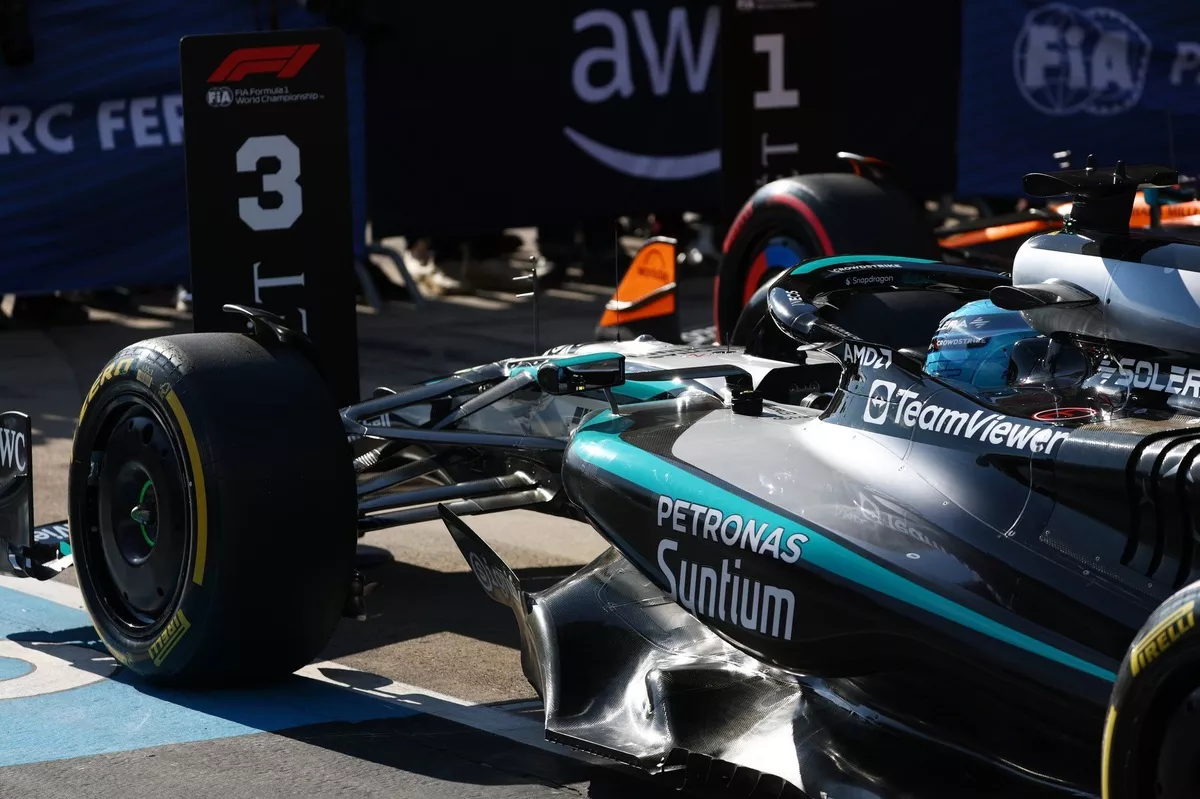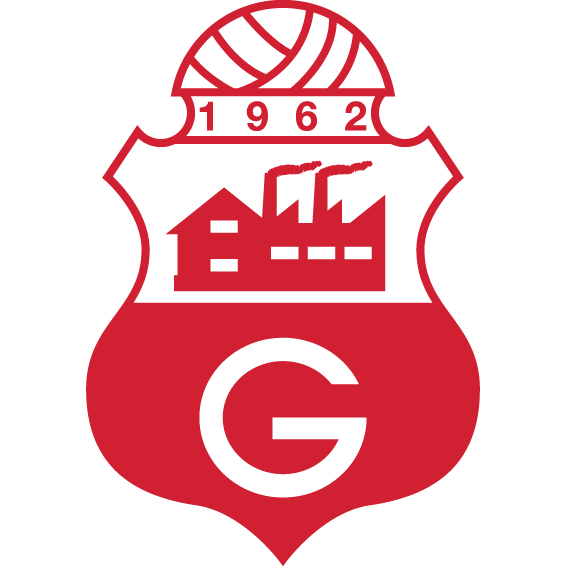
How Pirelli’s New C6 Tyre Compound Shaped the Weekend at Imola
C6 Tyre Makes Its Mark at Imola
For the first time this season, Pirelli introduced its all-new C6 compound—a tyre softer than anything previously used in modern Formula 1—and it wasted no time making an impact. Initially conceived for low-degradation street circuits such as Monaco and Singapore, the C6 was thrust into the spotlight earlier than expected, debuting at the high-speed, technical Imola circuit. The results? Mixed, uncertain, and exactly what Pirelli and the FIA had in mind.
Understanding the C6: Strategic Tool or Qualifying Gimmick?
The idea behind the C6 is simple in theory but complex in execution: introduce a tyre that dramatically alters race strategy and adds a layer of unpredictability. Pirelli’s intention was to force teams into multiple pit stops and encourage late-race overtakes with fresher tyres, disrupting the increasingly common one-stop strategy that has dominated recent years.
But there’s a caveat.
In Imola’s high-speed corners, the C6 struggled. Williams’ Alex Albon, who managed an impressive seventh in qualifying, noted after the session, “It was difficult to read. The grip came fast, but it dropped away just as quickly. The C6 is definitely unpredictable.”
Redefining the Tyre Spectrum

Lance Stroll, Aston Martin Racing
Originally scheduled to make its debut in Monaco, the C6 was designed to bridge a perceived narrowing gap in performance and durability across the C1 to C5 range. By introducing a tyre that degrades faster and demands more from the car setup and driver, Pirelli hopes to bring back the kind of strategic drama that once defined F1 Sundays.
Imola, with its long pit lane (costing drivers nearly 28 seconds per stop), wasn’t an obvious candidate. Yet, Pirelli saw a chance to accelerate their roadmap.
“It’s about keeping everyone guessing,” one Pirelli insider said. “The C6 isn’t perfect for Imola, but it tells us a lot.”
Mixed Reactions Across the Grid
Several drivers and teams opted to steer clear of the C6 entirely for qualifying. George Russell and the Aston Martin pair chose the medium compound instead. Their rationale? Focus on race day and avoid tyre drop-off that could compromise grid position late in the session.
Russell explained: “The C6 seemed tempting, but the medium felt safer. Given how sensitive this track is to tyre wear, I didn’t want to risk everything for one lap.”
Fernando Alonso echoed the sentiment: “We deliberately ran both compounds during qualifying. We wanted to cover all bases. It cost us a hard tyre for Sunday, but we felt more prepared.”
C6 at the Limit
While the new compound served its purpose in creating tension and choice, its weaknesses were evident. Albon described how the C6 struggled through the high-speed corners at Imola:
“This compound was made for slower, stop-and-go circuits. Imola isn’t that. Through Piratella and Acque Minerali, it felt like the tyres were almost melting beneath me.”
Even so, his lap time was strong enough to place him in Q3, proving the tyre’s raw speed when used in ideal conditions.
The Risk vs Reward Dilemma

Max Verstappen, Red Bull Racing
Carlos Sainz highlighted the strategic tightrope that drivers walked in qualifying. He pointed to Alonso and Russell, who gambled with the softest compound (C5) to gain position, but potentially sacrificed long-run pace:
“C5 was good for one lap, especially at the end when the track was rubbering in. I’d have liked to try it, but the team chose to stay disciplined. P5 was likely our max. Maybe with C5, I’d have gained one more place.”
Verstappen, ever the pragmatist, decided against chasing another pole position for the sake of Sunday points. “I’ve started on pole this year and still lost races. What matters is staying consistent and scoring.”
What’s Next for Pirelli and the C6?
With the C6 compound now officially part of F1’s arsenal, Pirelli plans to bring it to other technically challenging venues like Baku and Las Vegas. Each track offers a different stress test: long straights, heavy braking, and corner combinations that will probe the compound’s range.
Pirelli is also advocating for a “compound skipping” strategy, where teams might leapfrog over compounds—say, using C2 and C6 but skipping C3 and C4—depending on track demands. That alone could shake up not just race day, but the entire weekend’s preparation.
Final Thoughts: A Promising, Imperfect Debut
C6 may not have rewritten the rulebook at Imola, but it certainly left a smudge on the pages. Qualifying became more varied. Setup work became more complicated. And for the first time in a while, strategy meetings up and down the paddock felt less like math and more like chess.
Whether it becomes a staple or remains a wildcard tool will depend on future performances and feedback. But one thing is certain: Pirelli has succeeded in injecting a little more unpredictability into the world’s most engineered motorsport.
And in modern F1, that’s no small feat.




































































There are no comments yet. Be the first to comment!